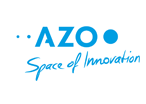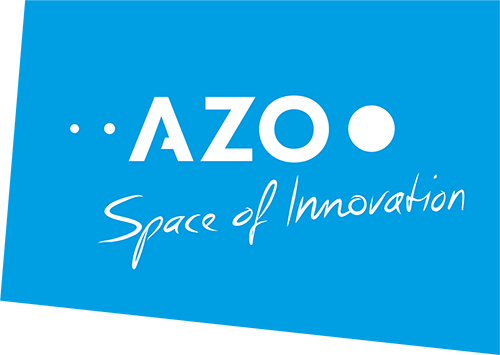3D printing has been one of the hot technology topics of our time in various industries. Can you imagine 3D-printed rocket fuel? What might sound spacy has already been turned into reality.
The Singapore-based startup Gilmour Space Technologies used 3D-printed solid rocket fuel – a secret composition of two materials – to successfully launch their own rocket into sub-orbit. Another forward-thinking startup, Rocket Lab, an Auckland-based aerospace company, has developed a 3D-printed battery-powered rocket engine. Its product is the first oxygen/hydrocarbon engine using additive manufacturing for the primary elements of the combustor and the propellant system. The huge advantages over common rocket engines are lower costs and quicker production.
Furthermore, 3D printing in space – for instance on board the ISS – provides extraordinary opportunities to fabricate novel products, such as specific tools, spare parts and lightweight structures. Thereby, components for future space applications can be tested in zero gravity and a totally different environment.
Let us have a more detailed look into the benefits of additive manufacturing for a variety of sectors including space.
Additive Manufacturing and its benefits
Using materials which are available in fine powder form, the professional production technique of additive manufacturing creates components layer by layer. There is a big variety of different metals, plastics and composite materials which are suitable for usage. This type of production incorporates numerous benefits for different sectors and market participants. The most significant characteristic of additive manufacturing is the fact that design determines production. Usually the exact opposite is the case.
Highly-complex structures that are extremely robust and light-weight can be produced with a lot less effort. The high degree of design freedom and its application to the functionality of the pioneering product make this future-oriented procedure unique and valuable for the most different sectors. Some of these sectors include the automotive industry, medicine and health care as well as the satellite manufacturing business. Small batch sizes allow for highly customisable sets of products, which can be produced in a very flexible manner and thus also result in rapid prototyping.
Measuring fluids with 3D-printed systems
All these benefits literally demand for their exploitation to the fullest. Vectoflow is a pioneering startup that demonstrates impressively how 3D printing provides added-value to various sectors. Its 3D-printed customised multi-hole-probes and systems measure the static and total pressure, the velocity and the angle of attack of a flow. The probes are easily adaptable in terms of geometry, size and material to your requirements, due to the innovative fabrication method used.
That is just one excellent example in many, how the ESA BIC Bavaria incubatee has transferred pathbreaking processes and technology into other sectors, leading to a variety of space-driven innovations. When technology transfer leads to space-based innovations, the ideas competition INNOspace Masters comes into play.
The INNOspace Masters ideas competition
Under the heading “Space 4.0 – new ideas for the next space generation”, the ideas competition INNOspace Masters is seeking advanced ideas and concepts, tackling current challenges of the space industry with innovative solutions. Initiated by the Space Administration of the German Aerospace Center (DLR) and organised by Anwendungszentrum GmbH Oberpfaffenhofen (AZO), this competition invites innovators to submit their proposals and concepts for the New Space Economy.
Spin-in as well as spin-off ideas – meaning technology transfer from a non-space sector into space and technology transfer from space to a non-space sector – are both of interest for the INNOspace Masters and thus make the competition outstanding.
Learn more about the INNOspace Masters, its topic-specific challenges and submit your idea at www.innospace-masters.com.
Competition entries are welcome until 13 February 2017.




